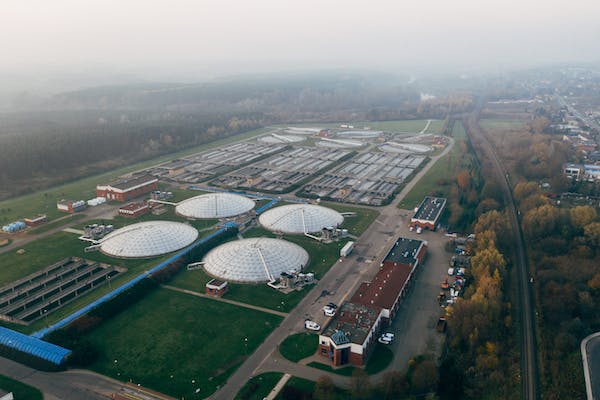Refining and Processing: Transforming Raw Resources into Energy Excellence
Refining and processing are integral stages in the mining lifecycle, converting raw materials into marketable products vital for various industries. They unlock the full value of mined materials, meeting market standards, and enhancing economic viability.
Common refining techniques include smelting, hydrometallurgy, and electrorefining, each tailored to specific ore types and desired end products. Advanced technologies continuously improve refining efficiency while reducing environmental impacts.
Processing methods such as crushing, grinding, flotation, and leaching are employed to extract valuable minerals from ore, optimizing recovery rates and resource utilization. Sustainable practices and energy-efficient technologies are being adopted to address environmental challenges associated with refining and processing, including emissions, waste generation, and water usage.
Digitalization, automation, and data analytics play significant roles in optimizing refining and processing operations, enhancing efficiency, and ensuring safety standards. These technologies enable real-time monitoring, predictive maintenance, and process optimization, leading to improved overall performance.
Refining and processing activities influence commodity markets, supply chains, and pricing trends, with growing demand seen in key industries such as automotive, electronics, and renewable energy. Emerging trends in sustainable processing, circular economy principles, and responsible sourcing practices are shaping the future of refining and processing in mining.
In conclusion, refining and processing blend art and science in creating valuable commodities, driving economic growth while prioritizing environmental responsibility. The mining industry continues to evolve, embracing technological advancements and sustainable practices to meet evolving market demands and contribute to a more sustainable future.







